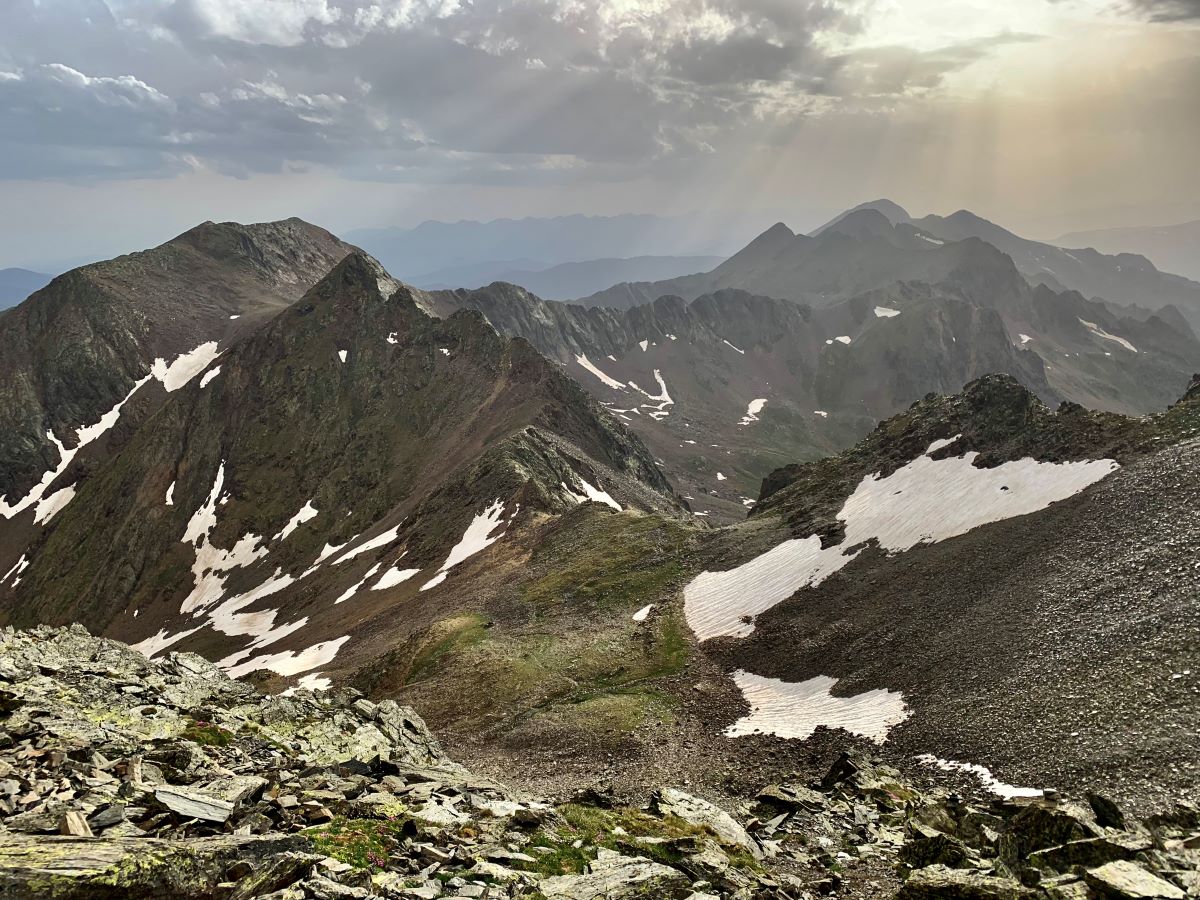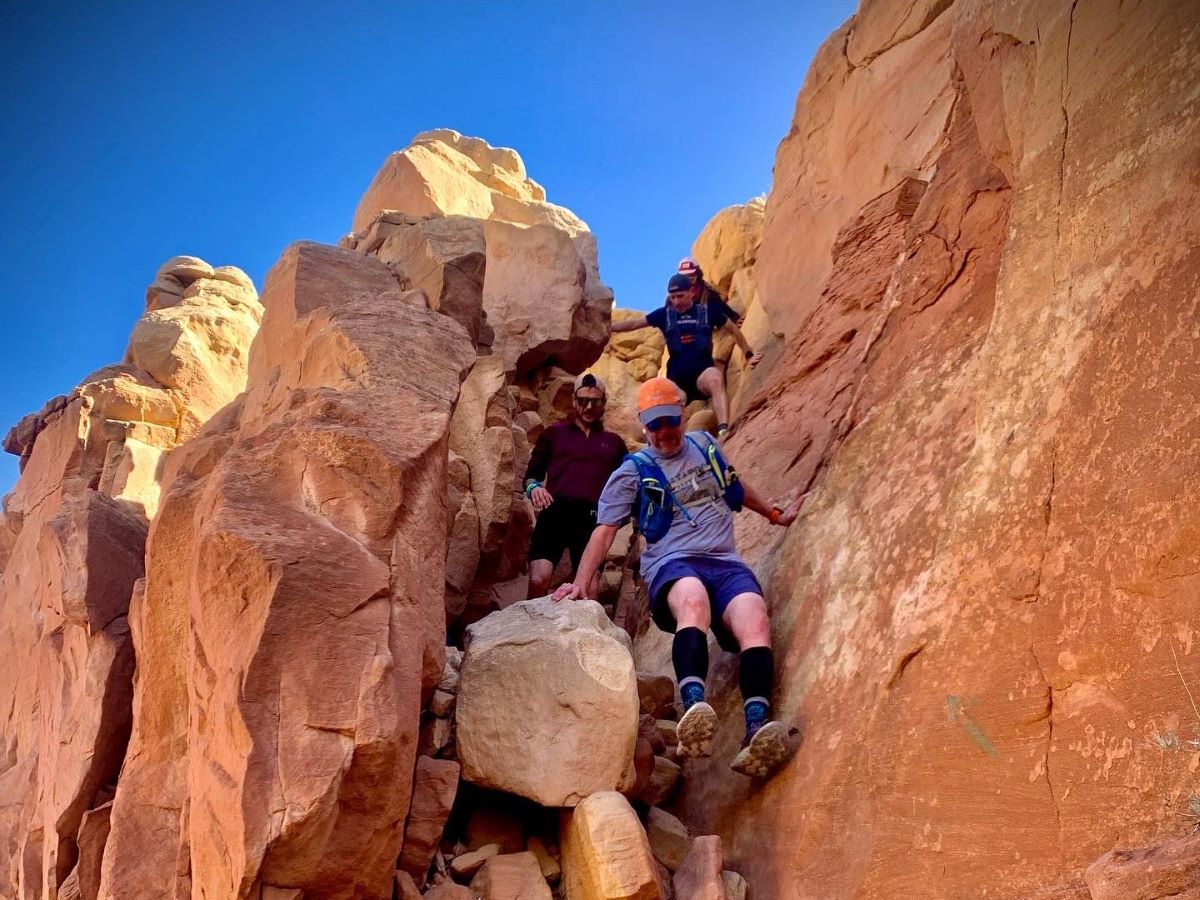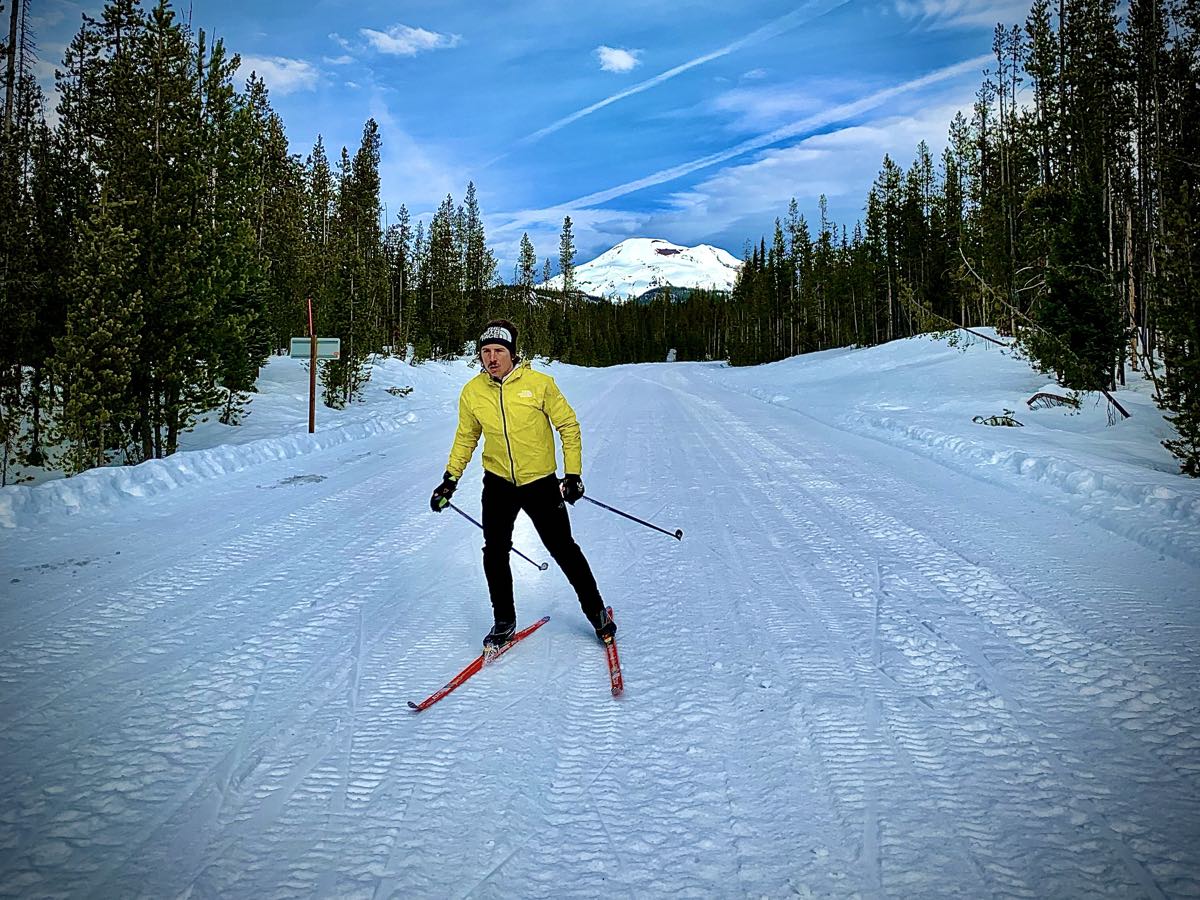When I was 16 years old, there were two primary cars in which I learned to drive. One was my dad’s big, burgundy Chevy Suburban, which was about the largest thing you could drive that didn’t classify as a commercial vehicle. The other was a 1987 Mazda Protege that my dad got from his boss for $25.
The two cars couldn’t have been much more different. The Chevy was a bulky gas guzzler with an automatic transmission and room for eight or so people. The Mazda was small and nimble and could carry four or five. It had a manual transmission with a really fun clutch. Fun not just for the fact that it had a clutch, but fun in that this was one of those clutches that drove in a really fun way. If you’re a fan of manual-drive cars, you probably know what I’m talking about and if not, well, you’re missing out.
As I learned to drive that year, I started off in the monstrous Chevy. Sure, it was big, but the automatic transmission made things pretty easy. You simply hit the gas and the transmission took care of the rest, or almost so. I guess you still needed to brake and all, but that’s pretty easy compared to learning the ins and outs of a manual transmission. But with time, I learned that as well and took to driving the Mazda more than the Chevy.
Around this same time, I was also getting more into running. I finally made the shift from being a soccer player who ran, to being a runner who sometimes played soccer. The funny thing is, athletically this transition was the opposite of my driving. Allow me to explain.

Zach Miller’s current playing field in the mountains of Andorra. All photos courtesy of Zach Miller.
If sports are cars, then soccer was the Mazda and running was the Chevy. Soccer is a very dynamic sport. Although it involves a lot of running, the ultimate goal is not to be the best runner on the field, but the best soccer player on the pitch. Doing so involves a lot of gear shifting. Sometimes you sprint, other times you trot, and heck, you may even stand still every now and then.
But even standing still doesn’t necessarily mean that you are slacking off. After all, you don’t win the game by running the most. You win the game by scoring the most goals. Running is simply a means to that, and learning to use all of your gears helps make it a more sustainable task.
Running, on the other hand, particularly road running and track running, was the Chevy. It was a much less dynamic sport. Sure, there were tactics and strategy; but for the most part, you just ran. You revved up the engine and laid on the gas. The more you laid on the gas, the higher the transmission shifted, but it wasn’t the distinct, conscious shifting of soccer. This was a smoother, more automatic sequence.
The fitter you got, the more gears you had at your disposal, but you didn’t think too much about the clutch. You mostly just pushed the gas. If the fitness and legs were there, so were those automatic gears. But, if you pushed too hard and ran out of gas, then the car would come to a halt and you’d no longer be running. In soccer, you could stand still and still be playing soccer, but in running, once you stopped, it was as if you had bowed out of the competition.
Sure, this wasn’t entirely true. You technically could “walk it in,” but even if you did, you might feel the need to add an asterisk to your performance. If you walked the last 100 yards, did you really run the whole mile? Now, this may seem a bit harsh, but I’m trying to convey a mindset that I developed as a young runner, the mindset that running was either on or off. There was no in-between. Sure, there was slower running and faster running, but once you were treading with both feet on the ground at the same time, you were no longer running. And so, I became a run-at-all-costs runner … every single step.
On the road and the track, this was something I could achieve. I didn’t have a need to walk. Sure, at times you got tired and went slower, but it was never really necessary to shift into hike or walk mode. Then I started trail running and mountain running. This was a different realm of the sport, and yet I approached it with the same mentality. I tried to run every step.

Navigating a technical descent in New Mexico. Not all terrain in a mountain run will lend itself to literal running.
For the most part I succeeded. I’d shorten my stride and trot up climbs that most would hike. Still, the temptation to change my ways loomed. I’d encounter terrain so steep and technical that hiking seemed quite logical. Perhaps I’d hike here and there. Still, I almost always tried to run.
I remember being at the U.S. Mountain Running Championships one year and getting passed by Eric Blake on the infamous “Upper Walking Boss,” while he hiked and I tried to run. Perhaps this should have been a wakeup call, but my stubbornness persisted.
As I raced more and more long, mountain ultramarathons, I found myself hiking a lot. Not so much because I wanted to, but more because my body just could not seem to run up and down that much steep terrain without a break. In a way, I accepted it, but it was more out of necessity than want. I didn’t really embrace it.
This past winter, however, I spent much of the winter on skis: mostly Nordic, but also a bit of splitboarding. Both of these sports rely heavily on the use of poles to help propel oneself in the forward direction. Fast forward a few months, and I am now in Andorra training on some very steep terrain. And guess what? I’m hiking. Sure, I’m still doing a lot of running, but I’m learning to drive the Mazda. I’m shifting gears from hiking, to running, to somewhere in between.
I really like it! It feels smoother and more efficient. It’s dynamic. It mixes up the distribution of stress on the body. I’m learning that hiking is not a failure. I like to think of it like this. When I skate ski in winter, there are various techniques that I use to get from point A to point B. They are all different, but they are all still skate skiing.
Sure, a strong V2 technique may tend to be faster than a V1, but the V1 technique is still skiing, and still useful. The goal of Nordic skiing isn’t to use a single technique the entire time. The goal is to use whatever techniques you may need to get to the finish line as fast as possible.
I think the same holds true in mountain running. In fact, maybe “mountain running” is a misleading term. It gives the impression that you should run every step, when in reality, the goal is simply to get between points A and B as fast as possible.
We aren’t driving a manual car down a flat road, mindlessly pressing the gas pedal until it tops out or overheats. No, we’re taking hold of that manual gearbox and using it to our advantage. First, second, third, fourth, and fifth … every single one is a drive gear. The trick is knowing when to use each one.
Call for Comments
- Do you think you’ve figured out all the gears in your own mountain running or is there still room for improvement in this area?
- Do you still struggle at times to allow yourself to hike?

